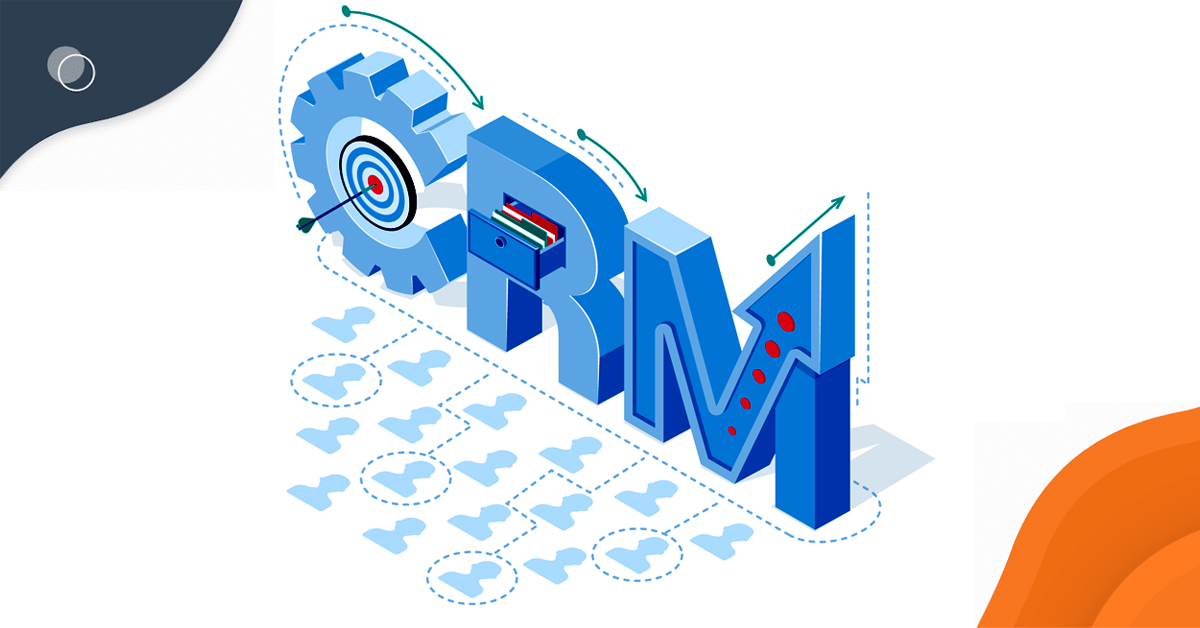How are visitors to your site interacting?
March 30, 2022

Page view data is relatively simple. Put in a tracking code and you have it. But interactions on the page need more work. That’s where HubSpot’s behavioural event tracking comes in.
Finding out how many pages the visitor went over, the time spent on each page and the movement through the site builds a pattern of interest. Elements clicked, URL visits and form fills help to build the profile better.
When several such data points are compared, a pattern emerges. In turn, that helps to sharpen offerings, content and even gives fresh ideas when engagement points are captured, even without specific exchanges of information.
There is a laddering to be done – determine the set of topics, pages and content that gets the most visits. From there, drill down to what seems to draw and keep visitors on the page. Finally, what is the percentage of visitors responding to a CTA or a button or any other element on the page.
Make it easy for customers to provide feedback
Customers will not go out of their way to help. But you’ve probably observed on service or support pages, a button or a question at the end of the page which asked you to rate the quality of information. Or simply give it a thumbs up or down. Capturing that from a fraction of the visitors helps to determine if the content is helpful and if it solved the problem. In addition, it reduces the load on the support team.
Custom behavioural events are ways to track customer engagement and interest over time
This can be done for product description pages or topics as well. Increase the interaction points on the page – not to the extent that it seems to be overdone but at the end of an article or post.
There are other ways to determine the depth of interest in a post. One way is to expand the article to read it further. The other is to place a ‘Read More’ button after the introductory para. Only visitors who want to know more will click on the button.
That’s one of the reasons form fills appear as you scroll down the page. That makes it more likely for those interested to engage.
Each of these, from the buttons to the expanding of sections or the ‘Read more’ button are signals of behaviour that can be captured by Hubspot. They provide additional points and patterns to determine both – level of interest and willingness to engage.
They can then be tied to workflows, if the number of interactions increase and the behaviour is within a predictable range. Handing over to sales for follow up or an outreach to the customer are definite possibilities.
Plot points for a customer journey
The use of custom behavioural events ties in perfectly with determining the stages of customer journeys. Over time, companies get to know the average time customers require to transition to a sale. And that cannot be hurried or accelerated, unless customers themselves are in a hurry to close out.
Tracking customer journeys and linking them to behavioural events builds a deeper profile
The problem is often managing the middle stages, when interest tends to move in irregular rhythms. The customer could go quiet for a couple of months and then come back with a flurry of requests. It depends on the internal dynamics and the decisions that have to be made at multiple managerial levels.
Those are the crucial stages when staying in touch and providing the required inputs works best. If there’s a large set of accounts to be managed, finding out what customers commonly seek is crucial. In HubSpot, these become trigger points to initiate specific actions based on prior experience.
By tracking what customers ask for at various stages, the flow of information gets specific and the information sought gets to be on features that may not be touched upon in general communication. That itself reveals what the company is looking for and helps to build a case around those points of information.
Think of new interactions and link them to behaviour
When a sale has complex dependencies, break it down in ways that help customers. If they have to a new solution on offer, provide a guide to comparing the benefits between the old and the new.
SAAS software pricing pages offer deep lessons on what customers value and what they are prepared to pay for. The laddering of benefits also depicts the customers’ scale and what they need at various points of growth.
The pages are also work in progress because the feature set could expand, and as the service evolves, new factors come into play. This is the page that companies will always keep an eye on and any change in behaviour, both in terms of adding or losing customers will be central to the companies’ existence.
Sales people and customer service representatives are the frontline. They are the ones who have a pulse on the market and their feedback is one of the best assessments of what companies need to act on. It may not be as immediate as feedback from an online pricing page but worth acting upon.
An unusual way to approach this is to ask customers to prioritise features, and to see what customers value the most. That provides insights into how customers rank features instead of assumptions being thrust on them.
Custom behaviour can be assessed far better with HubSpot and our implementation experts will be glad to help formulate ways in which this can be integrated into customer response mechanisms.

Venu Gopal Nair
Advertising and Branding Specialist, CEO - Ideascape Communications, A professional journey through the tumultuous years of advertising and communication, starting in 1984. Started out in the age of print, saw the changes with the entry of satellite TV and the momentous transition to digital. Advertising and branding today is vastly different from its practices in the 20th century and the last two decades have seen dramatic changes with smartphone domination. As a Creative Director turned CEO, making the transition personally and professionally has been a tremendous experience.
Related Articles

April 19, 2021

December 29, 2023

December 1, 2021


